China’s influential young

This is a selection of resources on China’s new generation available from the NLB catalogue or the Internet and is not meant to be an exhaustive list.
NLB print and digital resources
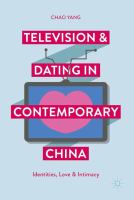
Television and dating in contemporary China: Identities, love and intimacy
China’s economic and socio-cultural reforms have given rise to a more individualised identity among Chinese youth. This has resulted in changes in attitudes and expectations towards relationships, love and marriage. By analysing popular Chinese TV dating programmes, the author tries to draw a parallel between how the 21st century young Chinese form relationships and the corresponding changes in China’s societal structure.
All rights reserved, Singapore: Palgrave Macmillan, 2017
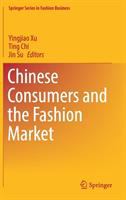
Chinese consumers and the fashion market
Read about China’s consumer trends in the fashion industry in this book, which examines middle class fashion consumption, luxury fashion, sustainable apparel consumption and technology application in fashion retailing. Specific chapters to look out for include Chinese college students’ attitudes towards Internet shopping and perceptions of sustainable clothing.
All rights reserved, Singapore: Springer, 2018
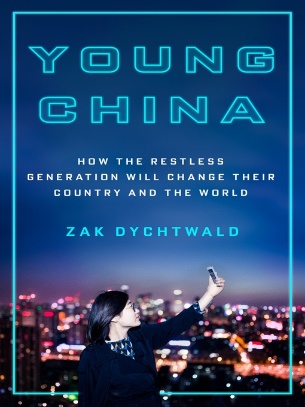
Young China: How the restless generation will change their country and the world
This book casts a spotlight on the Chinese generation born after 1990, known as the “Jiu Ling Hou”. It details the perspectives of young Chinese toward school pressure and exams, lifestyle desires, entertainment pursuits and marriage and family.
Retrieved from OverDrive. (myLibrary ID is required to access this ebook.)
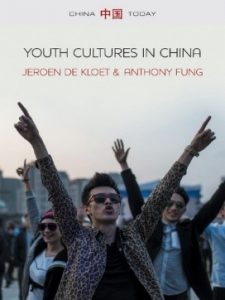
What does it mean to be young in a country that is changing so quickly? What does it mean to be young in a country ruled by a single political party, during a time of globalisation and exposure to different cultures? This fascinating and informative book explores the lives of Chinese youth and examines their experiences, the ways in which they are represented in the media, as well as their interactions with both traditional and, in particular, new media.
Retrieved from OverDrive. (myLibrary ID is required to access this ebook.)
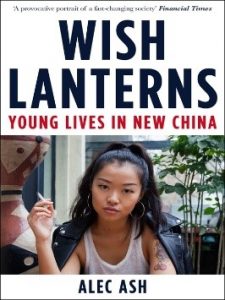
Wish Lanterns: How the Young Generation Is Shaping China’s Future
Six young Chinese living in various parts of China provide gripping accounts of modern life. Growing up in China’s one-child policy, they face fierce competition and intense pressure to succeed. Readers of all ages will empathise with the lives of the generation destined to shape their nation and the world.
Retrieved from OverDrive. (myLibrary ID is required to access this ebook.)
You may also like

China luxury report 2019: How young Chinese consumers are reshaping global luxury
China’s post-’80s generation, comprising 10.2 million luxury consumers, accounted for over half the total spending on luxury goods by Chinese consumers in 2018. Luxury is regarded as a form of social capital that enables young Chinese consumers to feel exclusive. New to luxury, Chinese consumers are constantly on social media to obtain fresh updates on the market. Younger Chinese also prefer a more personalised touch from retail staff despite favouring product updates via digital channels. Find out more from this report today.

Chinese millennials: Big spenders unafraid of debt
This article examines the spending habits of the millennial generation in China. Over a quarter of China’s population were born between 1981 and 1996 (termed as the “millennial generation”) and contribute up to 65 percent of total consumption in the country. The younger generation expect instant gratification, enjoy a higher disposable income and seek out unique experiences and sophisticated lifestyles.

China’s free-spending Gen-Zs and what triggers their buying: Report
According to A Generation Without Borders report (https://www.occstrategy.com/media/1806/a-generation-without-borders.pdf), compared to their peers in the United States, the United Kingdom and France, China’s Gen-Z spend the largest proportion (15 percent) of a household’s income. Chinese Gen-Zs also save less, prefer limited-edition products, are more interested in unique experiences and attach high value to social issues such as human rights and environmental issues.

The Chinese Consumer in 2017: The Lifestyle Upgrade
Credit Suisse Institute reports on the changing lifestyle in China, where the consumer is more interested in international travels, healthier lifestyles, sports and premium products rather than mass-produced goods.

Here comes the modern Chinese consumer
The article shares that the modern Chinese consumer is not only spending more time on leisure and entertainment but is also cultivating stronger family ties by shopping and travelling overseas together.

